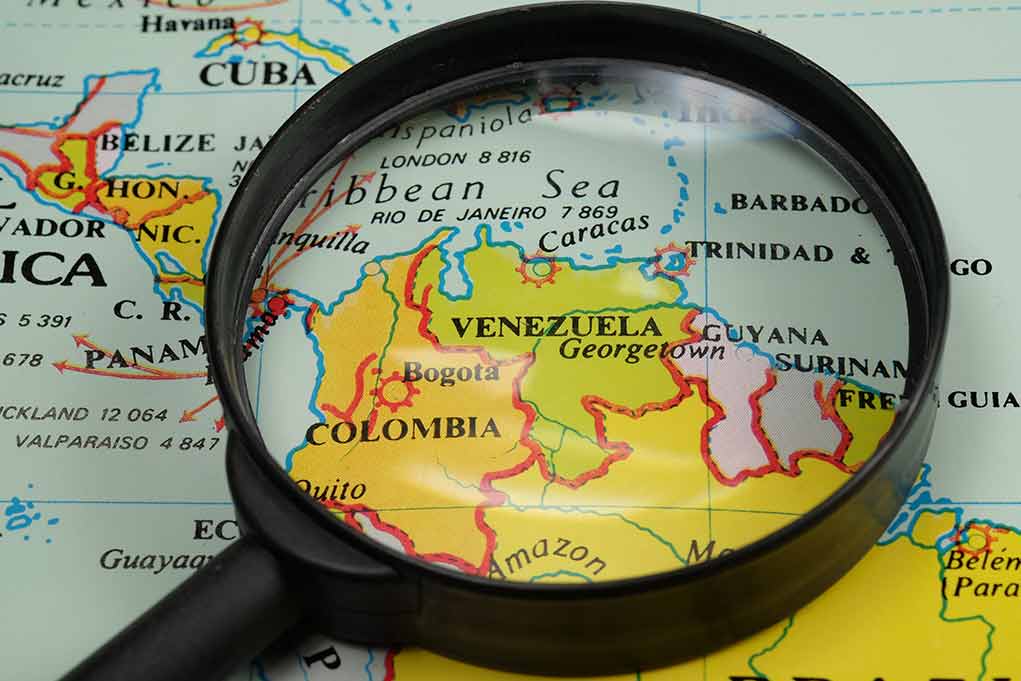
New York’s “Raise the Age” law has become a gang recruitment tool as Venezuelan migrant youth form violent street gangs, attacking police officers and civilians with minimal consequences.
Key Takeaways
- Five teenage members of Los Diablos 42, a migrant gang linked to Venezuela’s Tren de Aragua, were arrested for assaulting NYPD officers in Times Square.
- NY’s “Raise the Age” law sends juvenile offenders to Family Court instead of criminal court, resulting in minimal consequences even for violent crimes.
- NYPD has made 240 arrests related to Los Diablos 42, but many juvenile offenders quickly return to the streets due to lenient juvenile justice policies.
- New York City Council is considering abolishing the NYPD gang database despite police insistence it’s crucial for addressing gang violence.
- Juvenile arrests in NYC are at historic highs, with gun arrests involving suspects under 18 increasing from 7% in 2018 to 12% today.
Migrant Teen Gangs Exploit New York’s Juvenile Justice System
The streets of Times Square have become a battleground as teenage members of Los Diablos 42, a youth faction of the notorious Venezuelan gang Tren de Aragua, clash with NYPD officers. Five migrant gang members aged 12 to 17 were recently arrested following a “wolf pack style robbery” attempt where they allegedly attacked police officers with makeshift weapons. The NYPD continues searching for three additional suspects involved in the assault, highlighting a disturbing trend of migrant youth gangs exploiting New York’s juvenile justice system.
What particularly concerns law enforcement is how these gangs strategically use minors because of the lenient treatment they receive under New York’s “Raise the Age” law. This legislation, which took effect in 2018, ensures that 16 and 17-year-old offenders are processed through Family Court rather than the adult criminal justice system. While well-intentioned, the law has created a revolving door for juvenile offenders who face minimal consequences for violent crimes, effectively becoming a recruitment incentive for sophisticated criminal organizations.
City Leadership Battles Progressive Policies
Mayor Eric Adams and NYPD Commissioner Jessica Tisch have directly linked the rise in juvenile gang activity to progressive criminal justice reforms. In a pointed challenge to the City Council, which is considering abolishing the NYPD’s gang database, Adams asked: “Whose side are you on?” said by Mayor Eric Adams.
The situation has created a stark divide between city leadership and the progressive City Council. Commissioner Tisch has been particularly vocal about the database’s importance, stating: “It absolutely defies common sense that our City Council is looking to abolish this database. We need our City Council to stop legislating against our cops and to start legislating for public safety.” NYPD Commissioner Jessica Tisch.
Juvenile Justice System in Crisis
The juvenile justice system in New York is showing clear signs of collapse under the weight of increasing youth crime. NYPD statistics reveal an alarming trend: a 14-year-old has been arrested two dozen times in less than two years but remains free due to his age, while a 12-year-old with six arrests also walks the streets. These are not isolated cases but indicative of a systemic problem. Juvenile holding facilities like the Crossroads Juvenile Center in Brooklyn are severely overcrowded, yet the flow of young offenders continues unabated.
“We are arresting juveniles at the highest level than we have ever seen before. We are seeing juveniles commit five, six, seven robberies. Most of them get dealt with under the Family Court statutes.” NYPD Chief of Crime Control Strategies Michael Lipetri.
The statistics paint a concerning picture. Gun arrests involving suspects under 18 have jumped from 7% in 2018 to 12% today. Chief Lipetri further explained the danger: “If they get arrested with a gun we know a quarter of that population will be involved in a shooting in [some] way, which means a victim, which means a perpetrator, which means that they were at the scene as a witness — a quarter of that population.” NYPD Chief of Crime Control Strategies Michael Lipetri.
The Broken Promise of ‘Raise the Age’
The “Raise the Age” legislation was promoted as a compassionate reform that would prevent young people from being permanently labeled as criminals while providing rehabilitation. The reality has proven starkly different. Instead of helping troubled youth, the law has created a system without adequate teeth to deter criminal behavior or protect potential victims from harm. Law enforcement officials are increasingly frustrated with the lack of meaningful consequences for juvenile offenders, especially those who repeatedly commit violent crimes.
Raise the Age does nothing to curtail criminal behavior in children, does nothing to protect victims from crime. Clearly they’re unfazed by any faux deterrent the law offers a law enforcement source,
The situation is further complicated by the Biden administration’s border policies, which have allowed dangerous criminal elements like Tren de Aragua to establish footholds in American cities. While federal policy has created an entry point, it’s New York’s progressive local policies that have created an environment where these gangs can flourish with minimal risk of serious legal consequences, particularly when employing juvenile members to carry out their criminal activities.
A Call for Reform
As New York faces the growing threat of organized migrant youth gangs, there’s an urgent need to reassess juvenile justice policies. Mayor Adams and Commissioner Tisch are pushing for legislative reform that would maintain critical tools like the gang database while creating appropriate consequences for violent juvenile offenders. The Raise the Age law, while well-intentioned, needs significant modification to close the loopholes that criminal organizations are exploiting through their recruitment of minors.
The rise of Los Diablos 42 and similar gangs presents a stark choice for New York’s leadership: continue with policies that inadvertently empower criminal organizations or reform a broken system to protect law-abiding citizens and provide genuine rehabilitation for troubled youth. The current approach is clearly failing on both fronts, turning Times Square into a hunting ground for wolf-pack style robberies and leaving police officers vulnerable to attack by juvenile offenders who face few meaningful consequences for their actions.












